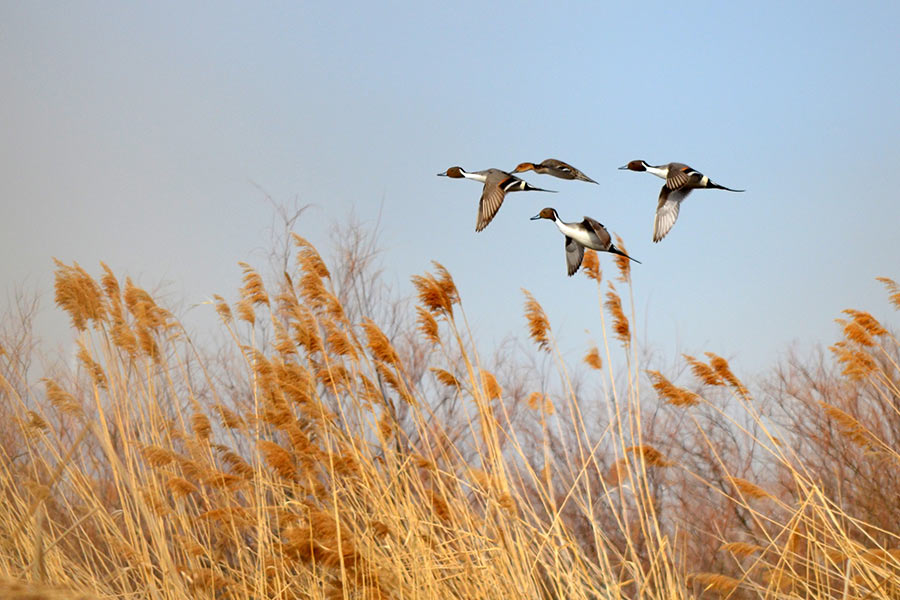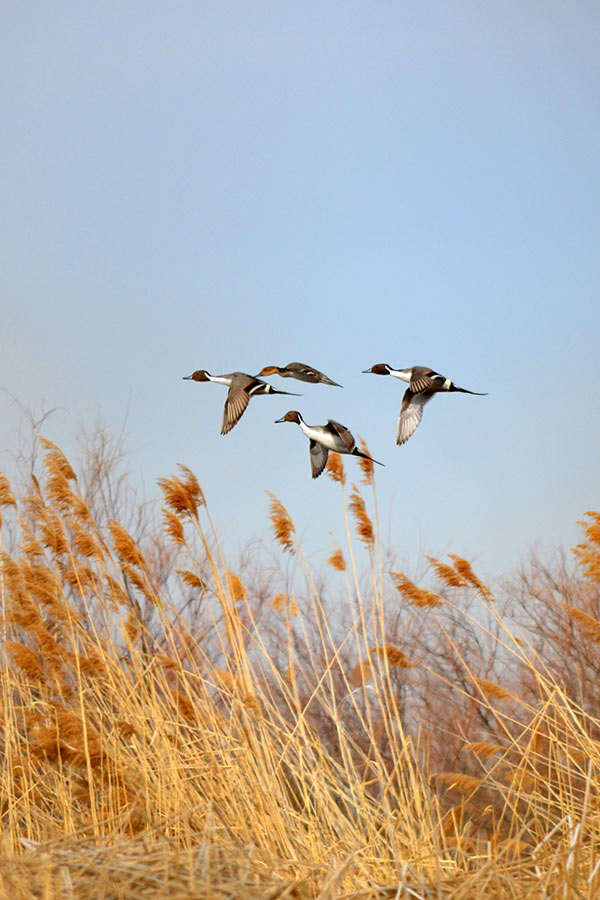In honor of Earth Day: 5 easy ways you can help wildlife
Salt Lake City — Utah is home to many wildlife species and spectacular landscapes. Friday is Earth Day, making it a great time to reflect on the ways we can help restore and preserve nature, including wildlife.
Here are five simple steps you can take to help the wildlife in your area:
Report reptile/amphibian and bird sightings
iNaturalist is an app and website that provides a place to record sightings and get information about different plants, insects and wildlife species. One way you can help wildlife is to take pictures of different species — such as reptiles and amphibians — (from a safe distance) and submit those sightings.
"The reports are important observational records of many of our species of greatest conservation need, which are then added to Utah's Natural Heritage Program database," DWR Herpetologist and Native Species Coordinator Drew Dittmer said. "Regular contributions to this database are really important for determining which species benefit most from our management and conservation actions. Additionally, these observations on non-native reptiles and amphibians also help us respond to potentially invasive populations of species."
People should also consider joining different bird projects such as the Christmas Bird Count, Project FeederWatch or reporting bird sightings to eBird. These reports are extremely valuable in helping biologists and other researchers know where birds are migrating and how their populations are doing.
Turn off outdoor lights at night and increase window safety to help birds
Bird species migrate at different times of the year, including during the spring. Many species primarily migrate at night when it's dark. One easy way that you can help them during their migration is to turn off your outdoor lights at night. Light pollution can disorient birds and draw them off course, and sometimes can cause collisions with lighted buildings and other structures.
Thousands of birds also die each year from flying into windows on buildings. One easy way to reduce these collisions is to install screens or break up the reflections of your window using film, paint or string spaced no more than 2 inches high or 2 inches wide.
Reduce plastic use and make sure not to litter
Litter and trash can harm wildlife in several ways. If animals eat paper, plastic or food pieces, it can cause digestive issues, which can potentially be fatal. When people throw trash and food scraps out of their cars, it can also attract more wildlife to the side of the road, which can increase the likelihood of vehicle/wildlife collisions. Fish and wildlife can also get caught and tangled in trash and other debris, which can impair their ability to eat or move, also resulting in fatalities. Garbage and litter can also negatively impact wildlife habitats.
Always make sure to properly dispose of your garbage to decrease impacts on wildlife. You can also decrease waste by reducing your use of plastics: Avoid single-use plastics, when possible, including bags, bottles, wraps and disposable utensils.
Don't feed wildlife
While it is not illegal to feed wildlife — except in certain cities that have enacted no-feeding ordinances — there are several reasons that it is highly discouraged, including:
- Public safety concerns
- The spread of chronic wasting disease among deer, elk and moose
- Potential harm to wildlife from introducing foods not in their diets, particularly during winter months
Unsecured food and other pungent items can also attract black bears to camping areas in search of food, which can be dangerous for campers.
Feeding wildlife can also draw wildlife to private property and other residential areas, which can cause nuisance issues and damage to property. Admire wildlife from a distance and help keep them wild by not feeding them.
Buy a hunting or fishing license
Hunters and anglers are some of the greatest wildlife conservationists because they provide a lot of funding to preserve wildlife species across the world. Any time someone buys a fishing or hunting license in Utah, 100% of their license dollars go toward the DWR's work to conserve, manage and protect the state's fish and wildlife. That money helps to fund essential conservation projects — like improving habitat for various fish and wildlife species in the state — and it ensures those species can be conserved and enjoyed for generations to come.
Visit the DWR website to buy a fishing, hunting or combination license.


















